If you want to grow your plants or vegetables in a small space or if you want to cover an unattractive wall but in a unique manner, then the vertical garden is a great option for you.
What is Vertical Garden?
Basically, it is a practice of growing vegetables upward to create an elaborate structure that is supported by a background frame or shelves. The other benefit is that it is very easy to start. Nowadays a vertical garden is gaining too much popularity. In urban areas, people want to grow but they have no sufficient space, this is the reason for becoming vertical gardening trendy.
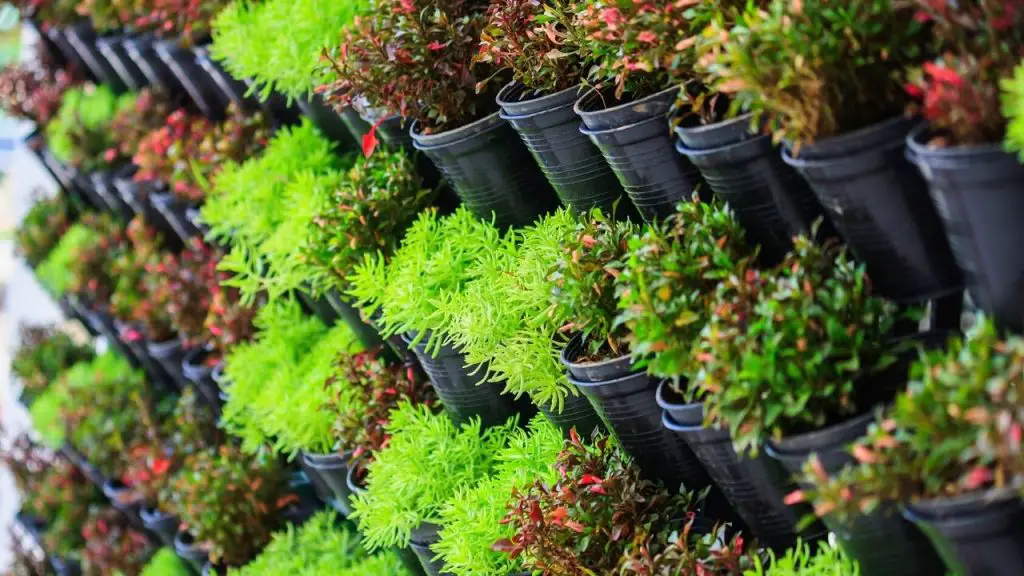
Some people are adopting is due to create visual appeal to its visitors. In fact, hotels and offices are decorated with it. Natural plants look more beautiful than artificial plants.
Despite all the above-mentioned benefits, you can also grow vegetables for your kitchen in your vertical garden very easily. Now getting your own grown vegetables is not a dream while you are living in an apartment or flat.
Indoor Vertical Gardens
If you grow a vertical garden then it will change the environment of your house or place where you grow it like an office or hotel. It will change the look of your wall or the place where you build. This type of garden is space-efficient and fill up all your empty wall and give a great impression to your visitors.
If you build it in your office then it will expose a lot of harmful air chemicals like commonly formaldehyde and carbon monoxide. The indoor vertical garden will help you to clean up air and promote breathing power.
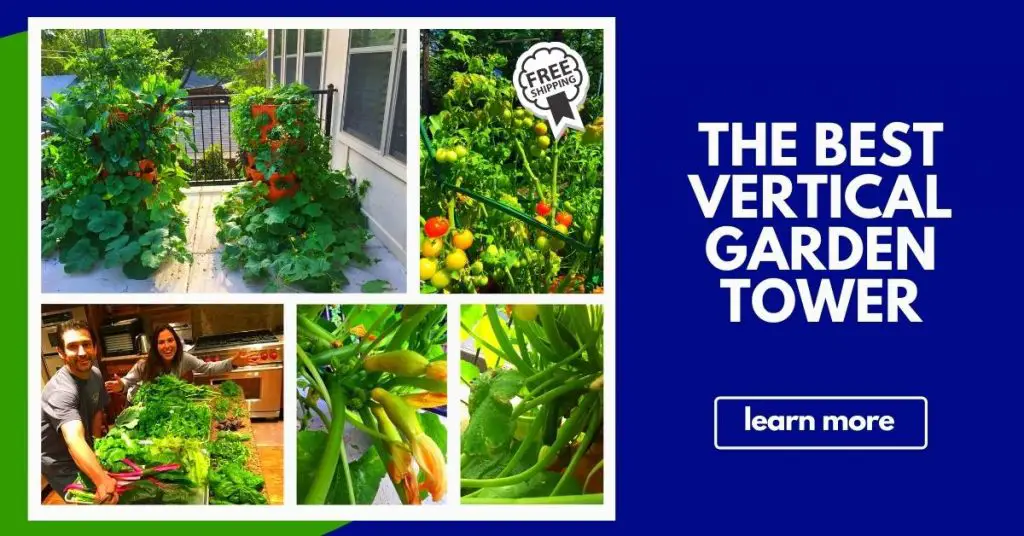
Exterior Vertical Garden
If we talk about an exterior or outdoor vertical gardens, you can easily grow moss, vines, and other plants. The benefit which will you get in the outdoor vertical garden is full exposure of sunlight which is not possible inside your house or office.
If you grow vertical Garden on a war it will protect you are building and insulate from temperature due to exterior Garden the climate is different as compared to other areas
1- Choose the Place Where You want to start your Vertical Garden
You can choose the place according to your desire. It may be indoor or outdoor. Even you can build your vertical garden in your office. If you have an ugly wall in your garden or anywhere in your house or office, you can choose it. Which type of plant you can grow on that wall depends on how much sunlight it receives.
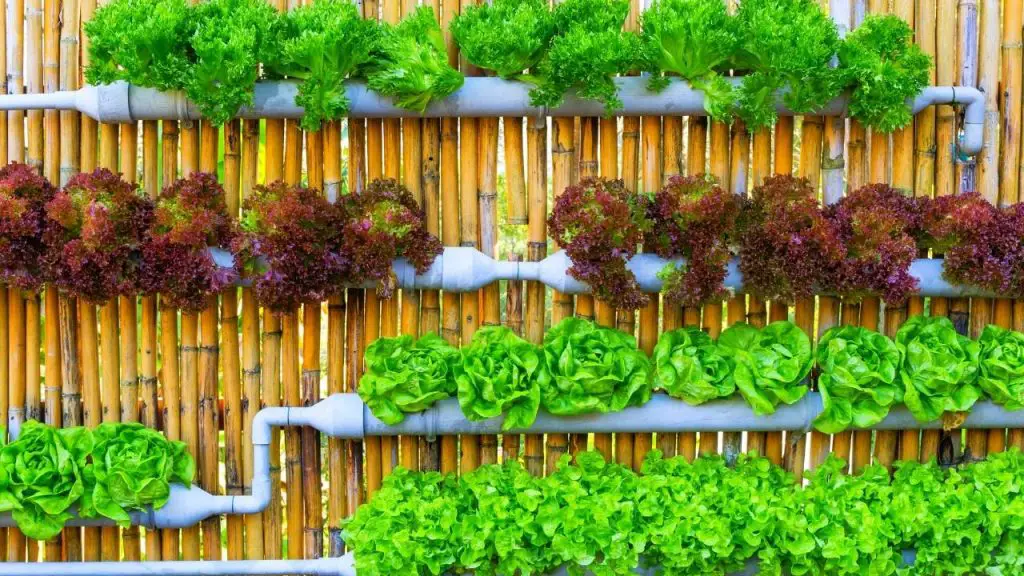
It is very good first you decide about the plants then choose the wall after that try to provide the best growing conditions for them. A lot of vegetables can grow vertically for example herbs, pole beans, cucumbers, tomatoes, cherry, and plums that can grow vertically.
2- Build a Frame

You can make a basic structure of your vertical garden from three things which are the frame, plastic sheeting, and fabric. This structure is based on three layers. You have to a little work before hanging it. If you build it before hanging, it will be easier for you to take it down. Don’t use metal in the making of the frame because metal would add weight to the frame.
3- Attach Plastic Sheeting
When you did the frame the next step is to attach a plastic sheet with it the plastic act as a Baking for the fabric layer + keep the water off the wall you can also use it on a wood wall but you have to ventilate it behind.

4- Attach the Fabric
The fourth step is to attach the fabric to the frame, this is a very important layer for your plants to live because it will hold water for them. Without water plants cannot grow so if you do not attach the fabric to your frame then what will happen to your plants, you can imagine. There is another benefit of fabric attaching is that it will retain water without rotting.
One thing keeps in your mind that you need two layers of fabric with the help of galvanized screws and stainless steel staples. You can attach them directly to the frame and secure it, without buckling or wrinkles, so it looks pretty.
5- Set up the Irrigation System
After preparing the frame and attaching the fabric you have to work on the availability of water, which will possible after setting up an irrigation system that can provide moisture throughout the fabric layer.
You can make one out of poly tubing with a fitting that lock. It’s basically a tube across the top of your panel with amateurs that drip water down. Use high-quality equipment for irrigation system to try to buy a standard valve and irrigation dippers and a propagation timer that can be set for seconds rather than minutes.
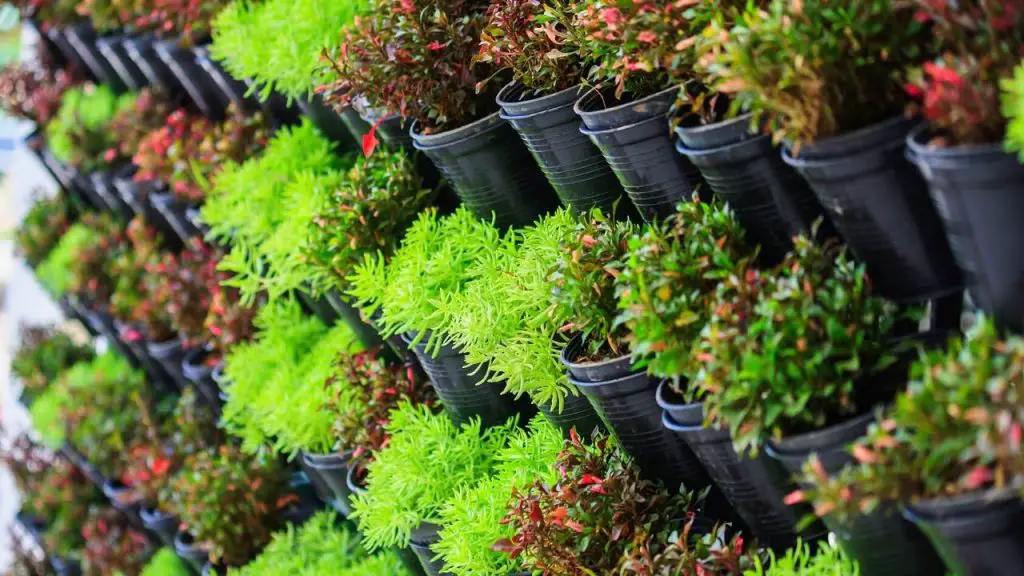
Your plants need water supply about 10 to 15 minutes from 3 to 6 times a day but it depends on the weather conditions and your particular setup. Top irrigation tube should be attached with an emitter which is two to three inches long. You have to perform an experiment to find the right balance between keeping the wall wet while not overwatering the plants.
6- Attach Frame to the Wall
After performing all these steps, attach the frame to the wall. Use hooks for attachment because if you want to remove the frame it will come down easily.

7- Attach Irrigation System
At this step, you have to do another thing which is to fertilize your wall for this purpose you have to attach a fertilizer injector with a simple irrigation valve that sends liquid fertilizer into the irrigation system. Now connect your irrigation system with your water source, for good results you should filter the water.
8- What Type of Plants you Can Grow
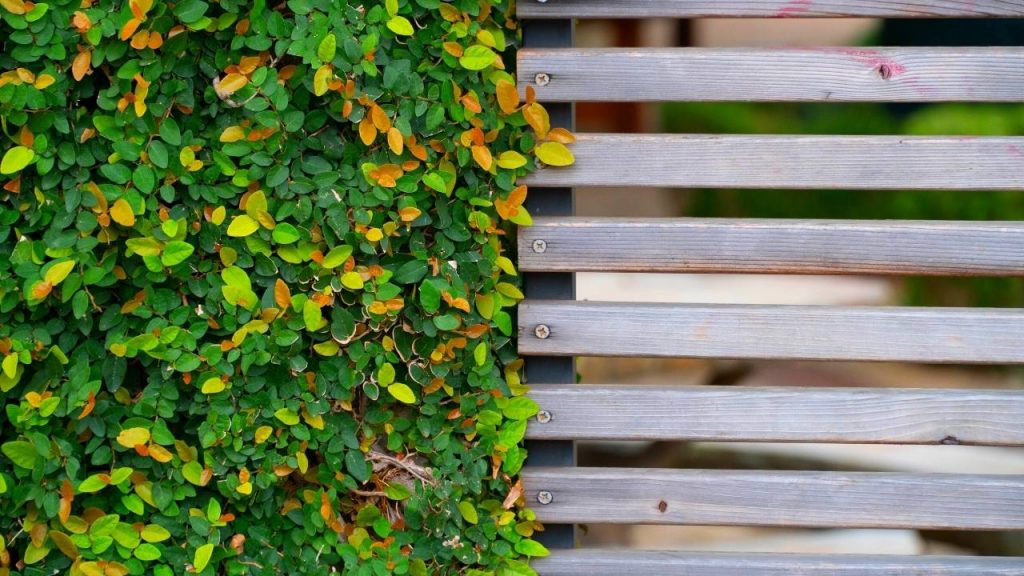
There are many types of plants like vegetables, fruits, and herbs which you can grow in your vertical garden. Before making the decision you have to consider sunlight, shade, humidity, wind, and weather while choosing the plants. Here, we will discuss a few of them so you can easily make your decision. We will discuss them one by one.
- Strawberry
When you are making your list about plants in your vertical garden, strawberries should be at the top of the list. This is a very delicious fruit and it is very easy to grow. When we talk about, which type of strawberry is best to grow, is Alpine strawberries. Strawberries need 6 hours of sunlight in a day. You should try different types and varieties of strawberries, because after doing that you can find the perfect strawberry for you.
- Garlic
Garlic is a healthy vegetable that is used our most in every food recipe it is not a dream to get fresh garlic for your kitchen from your own garden. Garlic can be planted in spring or in fall. Spring planted garlic is harvested late in the summer or early autumn. Fall planted garlic is harvested in mid-summer or the summer after fall. Garlic requires a cool temperature of 32° to 50°. Cool temperatures at planting time are important for garlic to establish its extensive root system
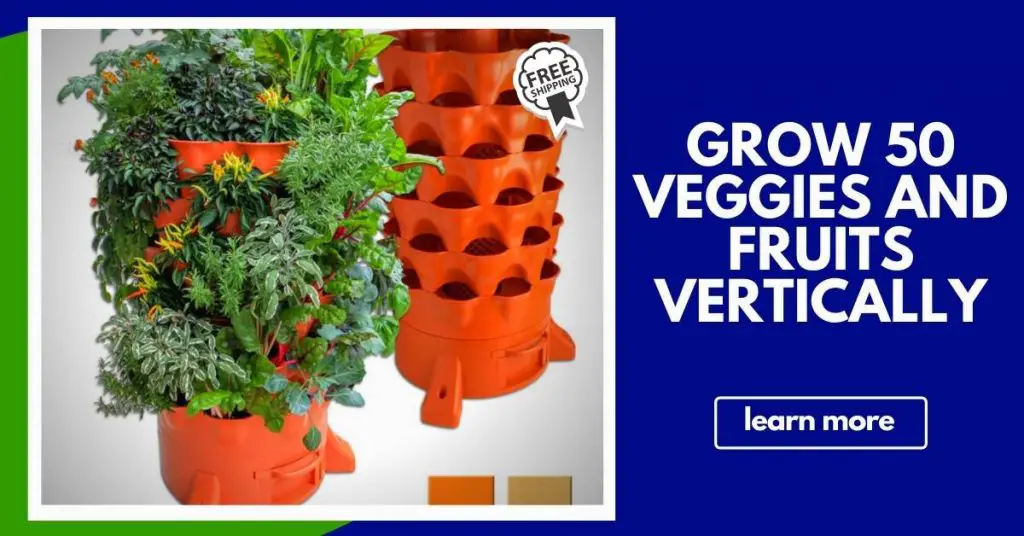
- Tomatoes
Tomato plants need full sunlight for most of the day. Water it deeply and regularly while the fruits are developing. If you want to grow a healthy tomato vegetable in your garden then you have to choose the best variety and control the problems before they happen. It is a perennial plant.
- Mint
Mint is a perennial plant, it is planted in the spring and retains its property of flavor over the years. Mint performs best in full sun but you can also keep it in shade. The soil of the Mint must be moist and it needs regular water. Keep the soil moist all the time. Keep the perfect spacing between the mint plants.
- Pole Beans
You can grow pole beans easily in the vertical garden. Weather is very important for the growth of pole beans. It is a summer plant, pole beans need well-drained soil and plenty of organic amendment to produce a large prop, it needs full sunlight. The most popular varieties are Kentucky Wonder and Kentucky Blue.
- Cucumber
Cucumber can be easily grown in small areas like a vertical garden. It needs full sunlight because its roots reach 36 to 48 inches deep. It requires a warm temperature and cannot survive frost. Keep the cucumber as weed-free as possible, harvest cucumbers when they reach the desired size, and are green in color.
8- Planting
When planting point comes you should insert plants into the outer layer of fabric. Get as much soil off the plant’s root ball as possible and insert it into a cut. You can use a staple gun for this purpose to insert three to five stainless steel staples to attach the cloth to the plastic packing in a semicircle around the root ball, creating a secure envelope.
Check out the world’s best vertical garden to grow 50 veggies, herbs, and fruits without any garden. Here is the complete review of the beautiful vertical garden.
Tips for Constructing Vertical Garden
- Choose the place where the sunlight is available for your plants in your vertical.
- Because the garden will grow upward it’s important that you locate it in an area close to the water.
- You can just plant something as you normally would and then move the vines to encourage them to grow up and over your vertical supports.
